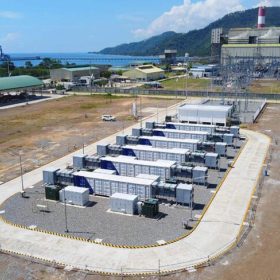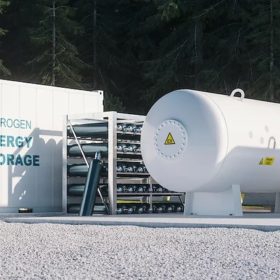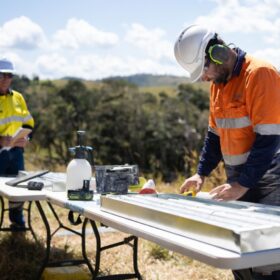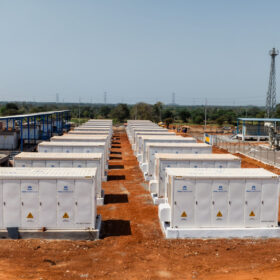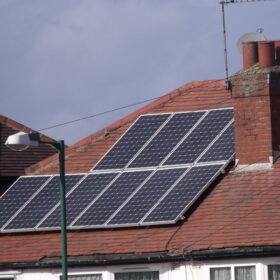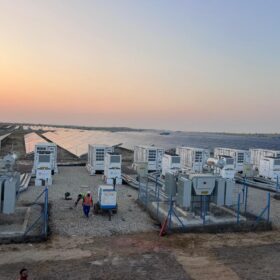NTPC launches 250 MW/500 MWh standalone battery storage tender
NTPC Ltd has invited bids to develop 250 MW/500 MWh of grid-connected standalone battery energy storage systems at its Gadarwara (Madhya Pradesh) and Solapur (Maharashtra) sites.
Green hydrogen hubs: Unfolding India’s potential
Hydrogen hubs, which are organised areas where production and utilisation facilities are closely linked, can make green hydrogen projects more viable. This cluster-based approach addresses the technical, logistical, and commercial challenges of long-distance hydrogen transport, enhances project viability, and allows for economies of scale and concentrated infrastructure.
Gensol wins GUVNL’s 250 MW/500 MWh standalone battery storage tender
Gensol Engineering Ltd has won the 250 MW/ 500 MWh standalone battery storage tender by quoting the lowest price of INR 3.72 lacs/MW/month.
Australia adds 9.6 GWh pumped hydro project to pipeline
The pipeline of pumped hydro storage projects in the Australian state of Queensland continues to grow, with Victoria-based renewables company BE Power announcing plans to develop an 800 MW/9.6 GWh project at Mount Alma near Gladstone.
Avaada signs green ammonia offtake MoU with Mysore Ammonia
Avaada Group has signed a Memorandum of Understanding (MoU) for long-term supply of green ammonia to Mysore Ammonia, an ammonia distributor and trader in India.
JSW Energy starts construction of 1 GWh battery storage
JSW Energy has started construction work for its 1 GWh battery energy storage project in India, marking its foray into energy storage services. The company is also spearheading the development of India’s largest commercial-scale green hydrogen project in India.
SECI launches 539,000-mtpa green ammonia tender
Solar Energy Corp. of India (SECI) is accepting bids to produce and supply 539,000 metric tonnes of green ammonia per year for use by the fertilizer industry in India. Successful bidders setting up green ammonia production facilities will be eligible for incentives under the Strategic Interventions for Green Hydrogen Transition (SIGHT) Scheme. Bidding closes on July 29.
ReNew posts profit for fiscal 2024
ReNew Energy Global achieved profitability with a net profit of $50 million for FY 2024, compared to a net loss of $60 million for FY 2023. Annual revenue surged to $1,158 million.
India’s solar energy sector: Challenges, opportunities, and future prospects
India’s solar journey is a tale of turning challenges into opportunities, of harnessing the sun’s boundless energy to light up lives sustainably. On this World Environment Day, India’s solar saga reminds us that with innovation, policy support, and collective will, we can indeed craft a brighter, greener future—one solar panel at a time.
The future of solar energy: How R&D can bridge the gap between supply and demand
Continued investments in research and development, particularly in areas like advanced battery storage technologies and next-generation solar cell materials, coupled with supportive policies and global collaboration can unlock the full potential of solar energy and pave the way towards a brighter, more sustainable future.
